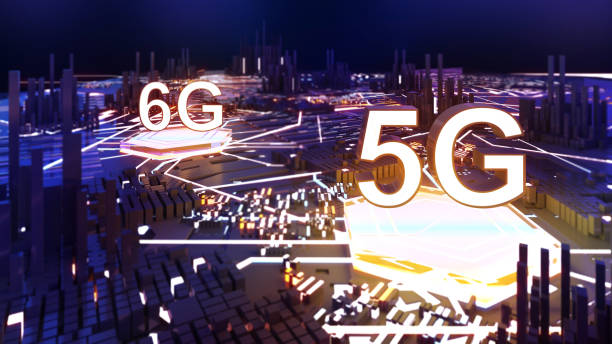Wireless technology has come a long way, dramatically transforming how we communicate, work, and live. The rollout of 5G networks has already begun reshaping industries with faster speeds and lower latency. But as we look ahead, the emergence of 6G promises to take connectivity to an entirely new level. Understanding the differences between 5G and 6G—and what the future holds—can help individuals and businesses prepare for the next wave of wireless innovation.
In this article, we’ll break down the key features of 5G and 6G, explore their expected impacts, and discuss how 6G might revolutionize the way we connect.
What is 5G?
5G, or fifth-generation wireless technology, started rolling out globally in recent years. It offers:
- Ultra-fast Speeds: Up to 10 Gbps, significantly faster than 4G.
- Low Latency: Near real-time responsiveness critical for gaming, AR/VR, and autonomous vehicles.
- Massive Connectivity: Supports billions of connected devices simultaneously.
- Enhanced Capacity: Improves network efficiency in crowded urban areas.
5G enables innovations like smart cities, IoT expansion, and improved mobile broadband experiences.
What Will 6G Bring?
While 5G is still being deployed, researchers and companies are already developing 6G technology, expected to launch commercially around 2030. Here’s what experts predict for 6G:
- Blazing Speeds: Potential data rates of up to 1 Tbps—100 times faster than 5G.
- Ultra-Low Latency: Near-instantaneous communication, enabling fully immersive virtual experiences.
- AI-Driven Networks: Integration of artificial intelligence to optimize connectivity dynamically.
- Extended Coverage: Enhanced reliability even in remote or challenging environments.
- Holographic Communication: Real-time 3D holograms for meetings, entertainment, and education.
Key Differences Between 5G and 6G
| Feature | 5G | 6G (Expected) |
|---|---|---|
| Speed | Up to 10 Gbps | Up to 1 Tbps |
| Latency | ~1 millisecond | Near zero |
| Network Intelligence | Limited AI integration | Fully AI-driven |
| Coverage | Urban-focused with gaps in rural | Seamless global coverage |
| Applications | IoT, AR/VR, smart cities | Holographic comms, digital twins, advanced AI |
How 6G Will Impact Daily Life and Industry
1. Enhanced Virtual and Augmented Reality
6G’s ultra-low latency and high speeds will enable fully immersive VR and AR experiences, transforming gaming, education, and remote work.
2. Smart Cities and Infrastructure
With AI-powered networks, cities will become smarter, optimizing energy use, traffic flow, and public safety more effectively.
3. Healthcare Revolution
Remote surgeries and advanced telemedicine will become commonplace, supported by real-time, reliable connectivity.
4. Environmental Monitoring
6G-enabled sensors will monitor ecosystems and climate changes with greater precision, aiding sustainability efforts.
Preparing for the 6G Era
Although 6G is still years away, businesses and consumers can prepare by:
- Investing in IoT and AI technologies.
- Supporting research and innovation initiatives.
- Staying informed about wireless technology trends.
- Planning infrastructure upgrades to handle future network demands.
Final Thoughts: The Future is Wireless
The transition from 5G to 6G marks a leap toward more intelligent, faster, and more pervasive wireless communication. While 5G is revolutionizing today’s connectivity, 6G promises to redefine how we interact with the digital world, bringing futuristic concepts into reality.
Staying ahead in this rapidly evolving landscape will require embracing new technologies and adapting to the possibilities 6G presents.

